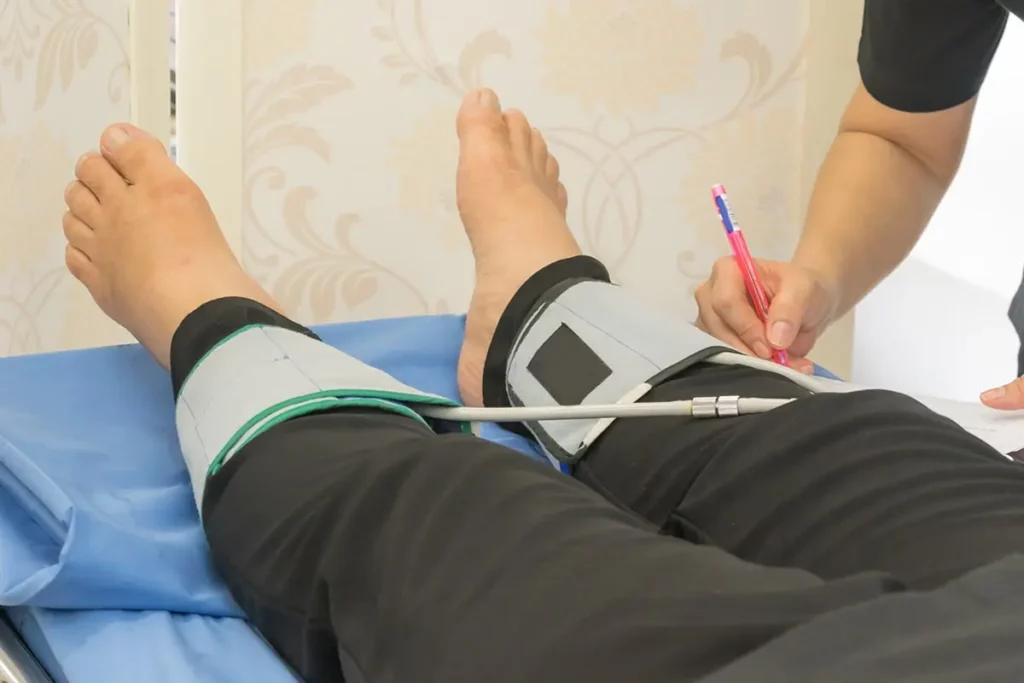Peripheral Artery Disease (PAD)
Bloomfield Vein & Vascular PLLC
Diego Hernandez, MD
Vascular Surgeon located in Bloomfield Hills, MI
Peripheral artery disease can keep you from living a full life and may put you at risk for serious complications. The good news is that the highly trained medical staff at Bloomfield Vein & Vascular PLLC in Bloomfield Hills, Michigan, has the experience and expertise to help you.
We are at 43700 Woodward Ave #207 Bloomfield Twp, MI 48302. Book online or you may call at (248) 481-2100 to schedule a consultation with a board-certified vascular surgeon in Metro Detroit.

Peripheral Artery Disease (PAD)
What is PAD?
PAD stands for peripheral artery disease and is also called peripheral vascular disease or PVD.
PAD is a serious medical condition where plaque builds up inside your arteries, causing them to harden, and ultimately block blood flow of oxygenated blood to your legs.
In severe cases of peripheral artery disease, gangrene can develop, which may require amputation. PAD can also lead to a heart attack or stroke.
Common symptoms of PAD include:
- Cramping in your hips, calf muscles or thighs after walking
- Wounds or sores on your legs, feet, or toes that won’t heal
- Slower growth or hair loss on your feet and legs
- Leg or muscle pain, weakness, or numbness
- One leg or foot feeling colder than the other
- A weak or low pulse in your legs or feet
- Skin discoloration in your legs
- Shiny skin on your legs
- Slower growth of your toenails
- Slower growth of your toenails
PAD Symptoms
The symptoms of PAD can sometimes be chalked up to other things like walking or exercising excessively. Still, other patients have mild or no symptoms at all, sometimes making it difficult to diagnose.
What are the risk factors for developing PAD?
Smokers and patients with diabetes are at the greatest risk for developing peripheral artery disease since both reduce blood flow. Other risk factors include:
-
Having a family history of heart disease, stroke, or PAD
-
Being overweight or obese
-
Having high blood pressure
-
Having high cholesterol
These risk factors alone will not lead to peripheral artery disease. However, it’s important to keep them in mind, and do what you can to reduce your overall risk.
"*" indicates required fields
How is PAD treated?
- Angioplasty: Dr. Hernandez inserts a catheter into the blocked artery and inflates a balloon to open the blockage.
- Stenting: When angioplasty doesn’t work or isn’t enough to resolve the issue, a stent or small metal cylinder that supports the wall of the blood vessel is used.
- Atherectomy: This process shaves down the plaque using a diamond burr that spins at very high speeds inside the affected artery.

